I am delighted to welcome Dr Edd Morris, author of ‘Exploring English Castles‘ to On the Tudor Trail, and share with you his guest post on a subject that fascinates and intrigues – the British Castle!
I love visiting castles in Britain: the more ruinous the better.
There’s something special about standing amidst the remains of a once mighty fortress, or a once-decadent banqueting hall, and trying to imagine the plotting and intrigue which once went on.
I also love the layers of history held within each castle. Most were built for military reasons in Medieval times, and many were adapted in the Tudor period to become luxurious residences.
I thought I’d share some of the stories I love from castles with a definitive Tudor connection. When you’re next in the UK, don’t forget to add these three to your itinerary.
Mary Tudor: Proclaimed Queen in Framlingham Castle
Framlingham Castle is a grand-ring of rugged Medieval walls, punctuated by fifteen tall towers: each boasting a grand view of the Suffolk countryside. It’s easily overlooked by tourists.
If you’re exploring the south of England, it’s definitely worth a trip out-of-your-way: even the neighbouring town of Framlingham is quaintly English, complete with a municipal duck-pond.
Eagle-eyed Tudor afficionados will spot something quite strange perched on top of many of the tall towers.
In the 1500s, slender, ornate, red-brick chimneys were built on-top of these Medieval turrets. The chimneys are almost exact knock-offs of the 241 red-brick chimneys that you can still see atop Hampton Court, then the most fashionable building in the whole of Tudor England.
It’s a kind of jarring juxtaposition: a bellicose Medieval castle tower crowned with a delicate Tudor chimney. But no matter. It made Framlingham one of the most desirable Tudor destinations in the whole of Suffolk.
In fact, Framlingham was so glorious that it helped Mary Tudor in her bid to become queen.
When Edward VI died in 1553, Mary Tudor (his half-sister) mounted a grab for the crown, in defiance of the Duke of Northumberland who had plotted to foist Lady Jane Grey onto the throne.
Mary galloped from London – fleeing the duke, who sought to throw her into the Tower of London. She made it to Framlingham, where she dramatically rallied support to her cause. The decadent luxury of the castle (which included those chimneys!) helped to persuade the English that her bid was serious.
She was proclaimed monarch here in July 1553: the first Queen of England.
Framlingham Castle, Church Street, Framlingham, Suffolk, IP13 9BP, England.
Tudor Treason in Remote West Wales
I’m crossing the border from England to Wales to showcase Carew Castle. It’s a spectacular site: almost like a fairytale fortress, which is perfectly reflected in the mill-pond which surrounds it.
Mind you, as a tourist, you’ll need a nose for adventure to get here. Carew can be found in a peaceful corner of West Wales: one of the prettiest places in the whole of Britain, but also one of the most remote.
You’ll be rewarded if you make it this far, though. The grand ruined fortress was transformed in Tudor times to include a decadent Long Gallery: 40 metre long, thin room on one of the upper levels.
The Long Gallery was perfect to amble along on a wet day, discussing politics whilst gazing down over the mill-pond below.
The foundations of the castle were built in Medieval times; and the structure was transformed by Sir John Perrot, a Tudor noble born in 1530. By some accounts, he was an illegitimate son of Henry VIII, and shared his blood-father’s red hair and firey personality.
Sir John was a troublemaker, who fell the wrong side of Mary Tudor on account of his Protestant sympathies.
Although he later found favour in Elizabeth I, he treasonously began to gossip about the Queen behind her back, and allegedly made threats about her ability to rule.
In 1591, he was tried and convicted of High Treason. Elizabeth had no choice but to throw him into the Tower of London, where he continued to pose her a political headache. After all, could she really execute a man who could be her half-brother?
She was spared from making such a tricky decision: Sir John died suddenly in the Tower in 1592. Some have said his death was rather convenient, and theories abound that he was poisoned.
Carew Castle, Carew, Tenby, Pembrokeshire SA70 8SL, Wales.
Romancing Elizabeth I in Kenilworth Castle
Kenilworth is another castle with a Medieval, military history, which became transformed into a decadent Tudor palace.
In 1266, it was the setting of one of the most tremendous Medieval sieges ever to take place upon English soil: a six-month battle of nerve and patience.
Today, the castle is a gigantic red-stone ruin, sprawled across the rolling green Warwickshire countryside.
Vast, ruined window-frames give a glimpse of grander days gone by.
In July 1575, Queen Elizabeth I made a momentous visit to the castle, which was then owned by the ambitious Robert Dudley. Dudley and Elizabeth shared a mutual attraction: and most of England thought they would marry.
Dudley desperately wanted to wed Elizabeth, and tried to pull out all the stops to impress her on her visit.
He extended the castle with a luxurious new residence. He staged an array of dances, plays and theatrical interludes, which included paper-mache dolphin which traversed the castle lake. He even built a beautiful garden, filled with trickling water, fragrant herbs, and Greek sculpture.
Everything was designed to win Elizabeth’s hand. Tragically, however, his efforts failed.
He tried a little too hard, and his invocations for Elizabeth to marry him were a bordering on insolent: he overstepped the mark.
As a result, Elizabeth and her entourage swept away from the castle a few days before her visit was due to end.
By many accounts, Dudley was heartbroken. But perhaps the same could be said for Elizabeth. She, of course, never married; but it’s said that letters from Dudley were held in a treasure-chest, found alongside her death-bed.
Kenilworth Castle, Castle Green, Kenilworth, Warwickshire, CV8 1NE, England.
Edd Morris loves visiting castles and writing about his adventures on exploring-castles.com. His latest book, Exploring English Castles, is published by Skyhorse Press and is available from Barnes & Noble, Amazon (incl. Kindle), BooksAMillon, and other good retailers.
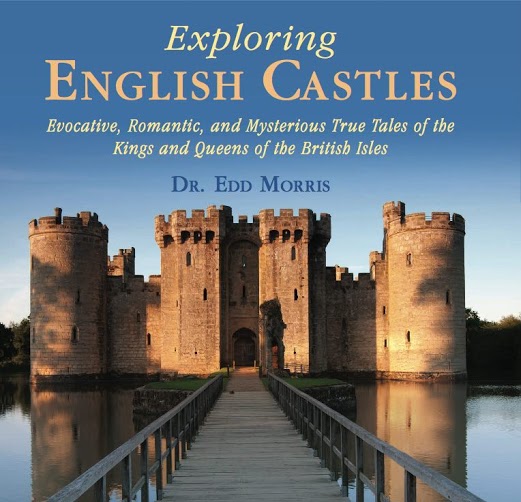
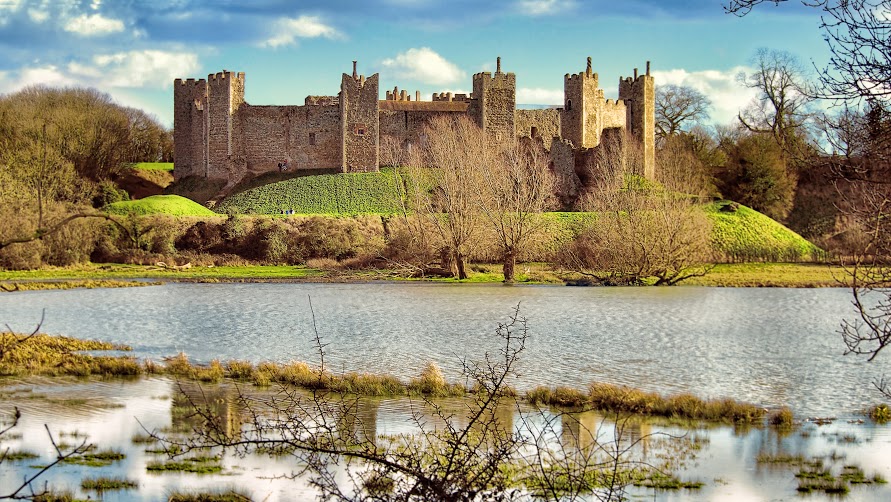
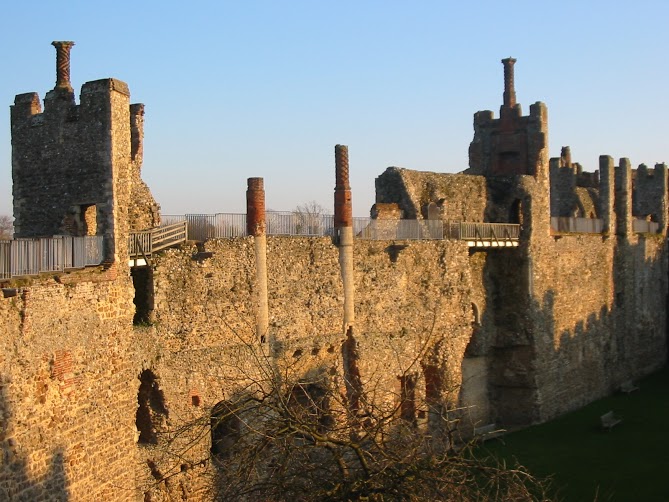
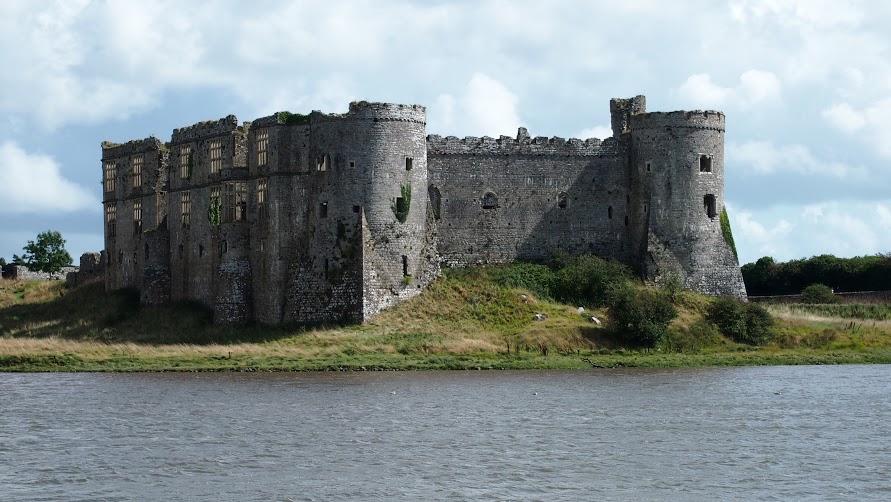
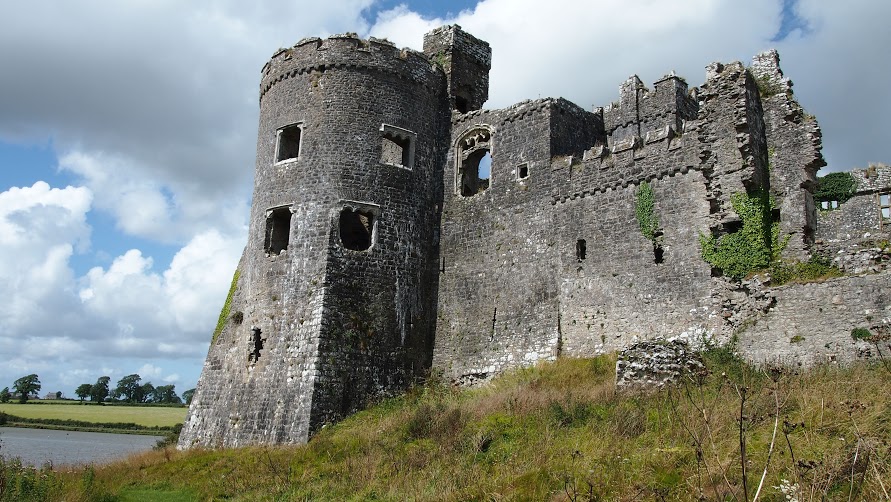
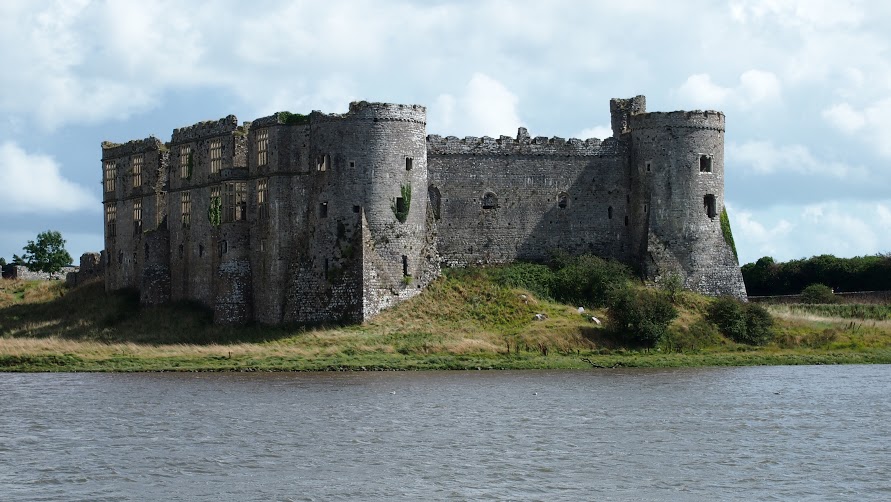

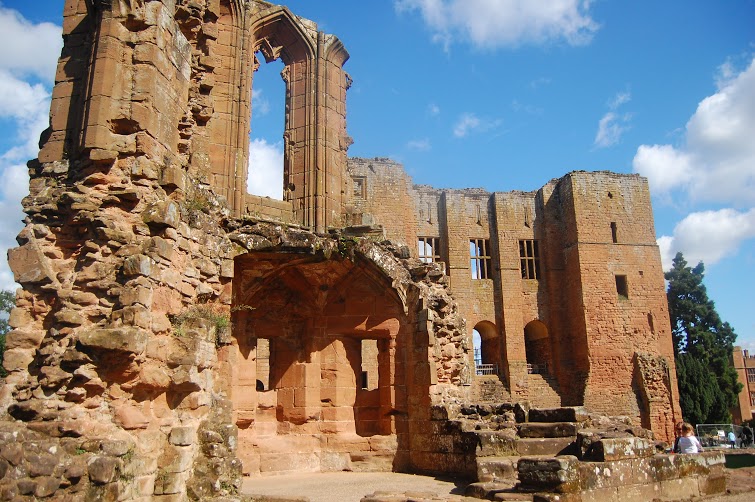
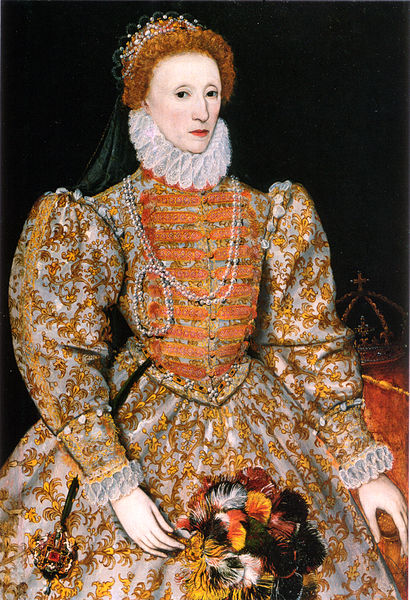















Latest Comments